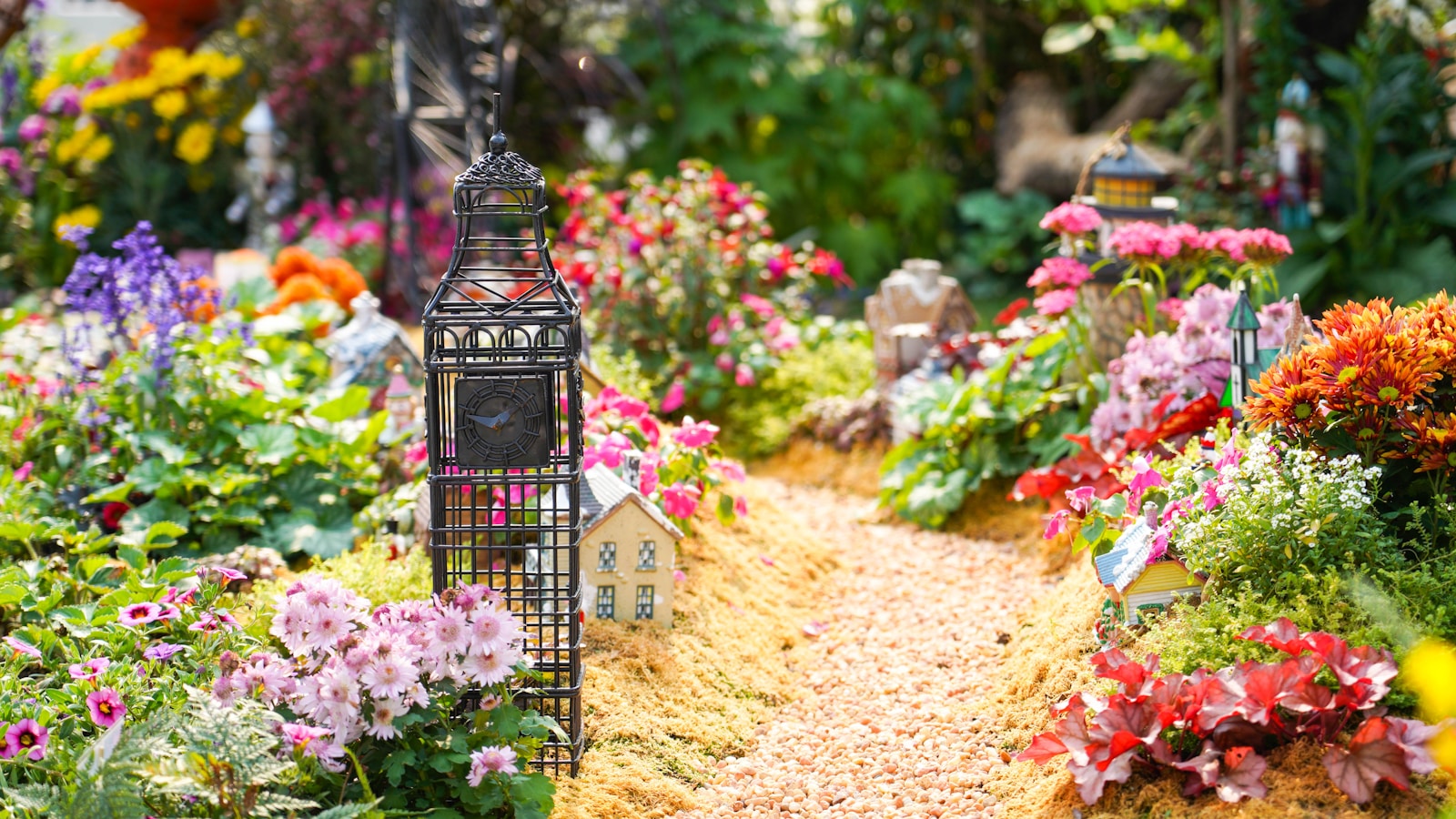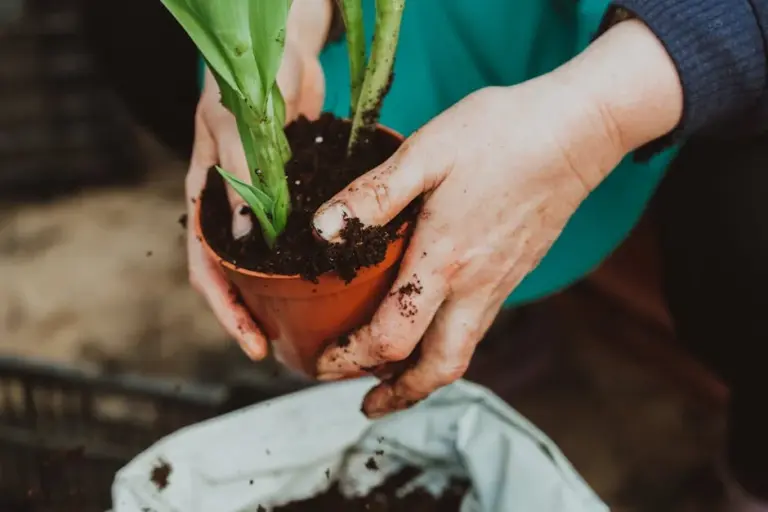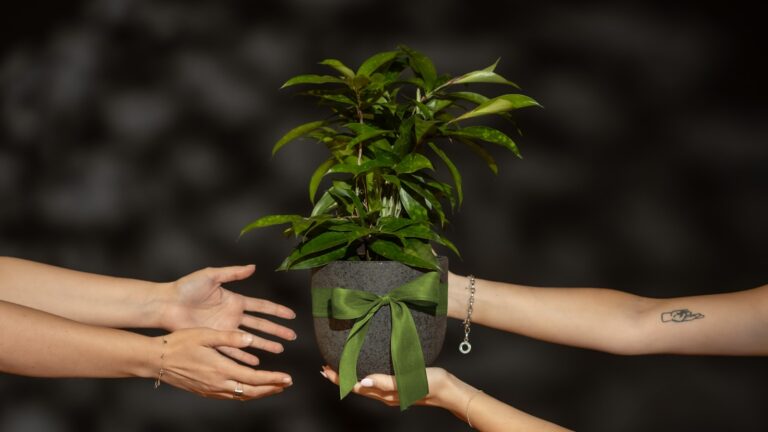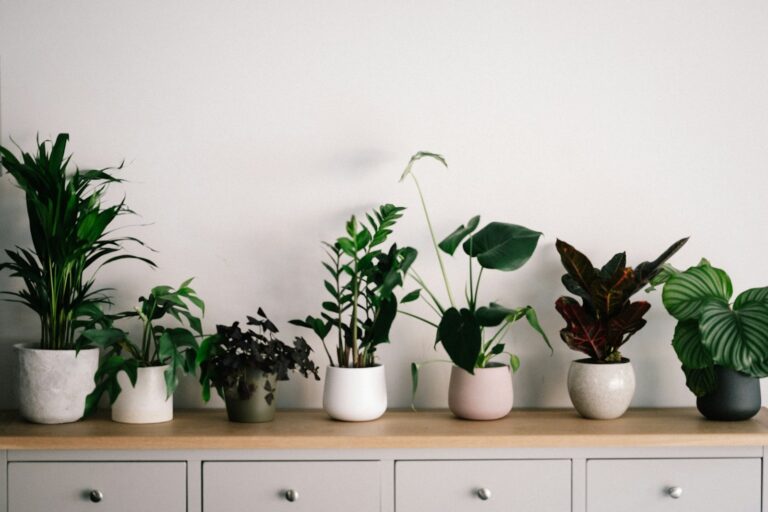Why Planning Your Garden Layout Now Saves Time in Spring and Boosts Your Growing Success
Ever looked out at your yard in early spring and felt overwhelmed by where to start? Getting your garden layout organized before the season kicks off can make everything feel a lot more doable.
When you map out your space and pick your plants ahead of time, it’s easier to avoid that rushed feeling. You’ll know exactly what you want to grow and where it should go.
Secure your preferred plants and seeds before spring rush
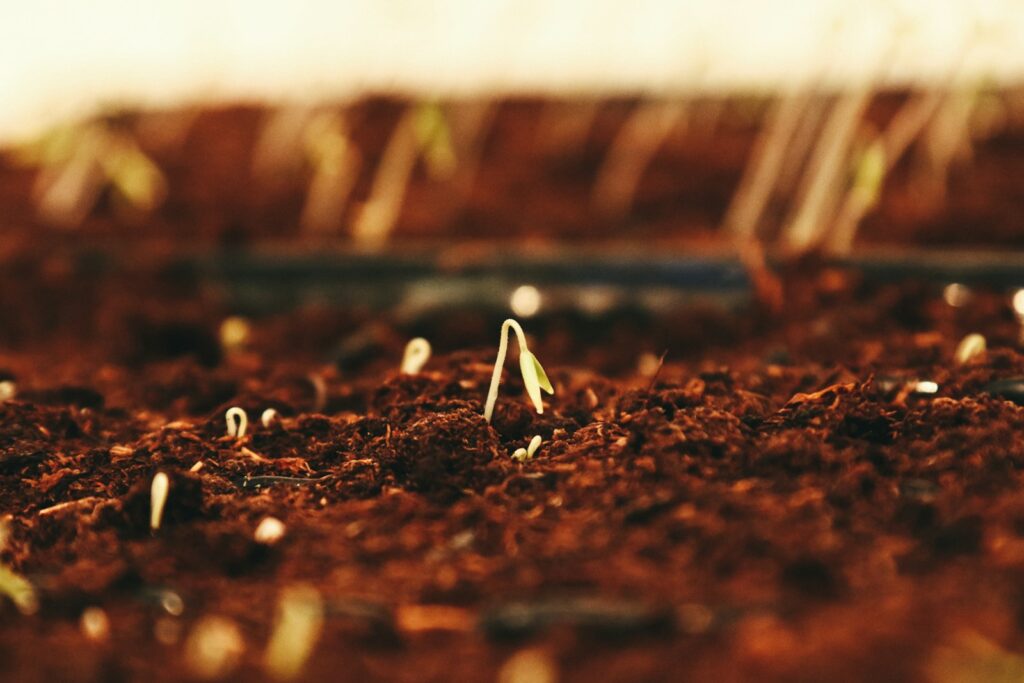
If you wait until spring to shop for seeds and plants, you might find your favorites are already gone. Planning early means you can get what you really want without the stress.
Ordering seeds ahead of time gives you a bigger selection to choose from. You can even start some indoors and give your garden a head start.
Comparing prices and hunting for deals is easier when you’re not in a hurry. Some places even offer discounts for early orders, so you can save some cash while getting more options.
Having your seeds and plants ready means less scrambling when it’s time to plant. You’ll stick to your plan and avoid making last-minute changes.
For more tips on prepping your garden, check out this guide on planning your spring garden.
Create a detailed garden blueprint to avoid last-minute changes
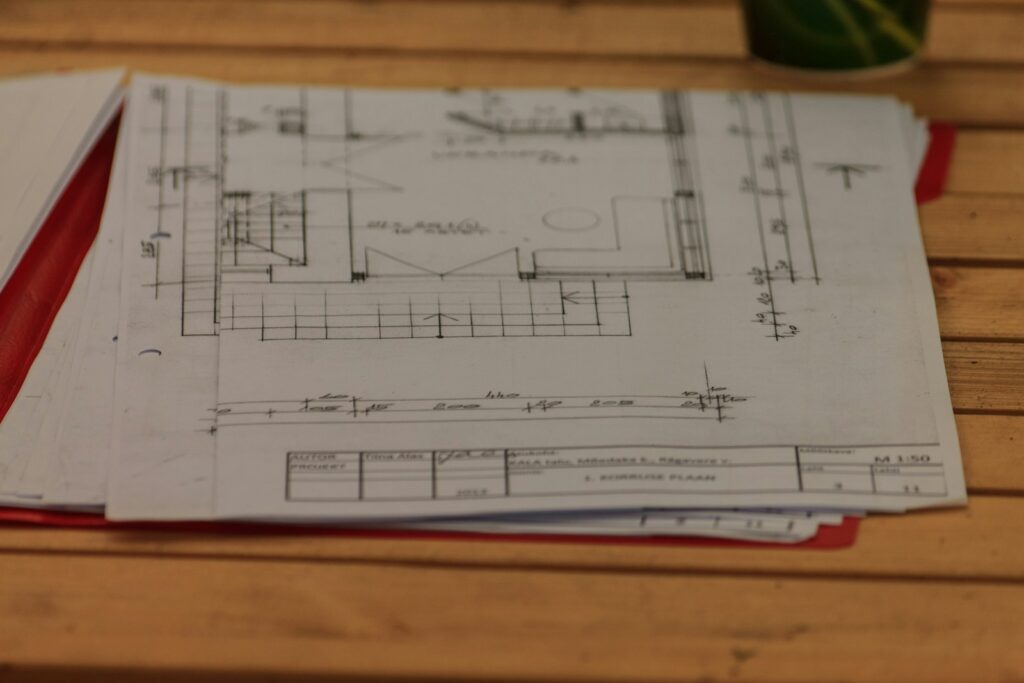
Sketching out a garden blueprint lets you see your whole space before you start digging. It’s easier to decide where each plant should go and make sure there’s enough room for everything.
You can plan out paths, irrigation, and sunlight needs ahead of time. This helps you avoid crowding your plants or putting them in the wrong spot.
Making changes on paper is a lot less work than replanting. You’ll feel more confident and your garden will be easier to manage.
Try using an online garden planner or just some graph paper to get started. Visualizing your ideas now can save you a lot of hassle in a few months.
Maximize space using vertical gardening techniques
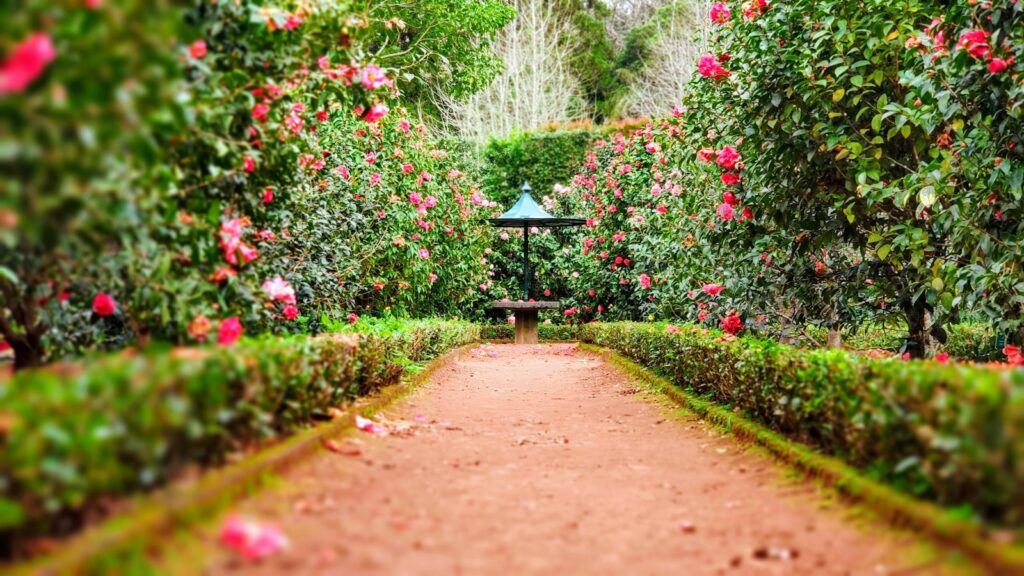
Running out of room is a common problem, especially if you have a small yard or balcony. Vertical gardening is a great way to grow more without needing more ground space.
Trellises, shelves, or hanging systems let you use walls and fences for planting. Your herbs, flowers, and veggies will get plenty of sunlight and air.
Vertical gardens also add a unique look to your space. They’re perfect for turning a plain wall into something green and beautiful.
DIY options like using old pallets or shoe organizers can keep things affordable and creative. You don’t need a huge space to have a thriving garden.
If you want more ideas, check out the guide on vertical garden layout tips for limited space.
Choose plant combinations that thrive together
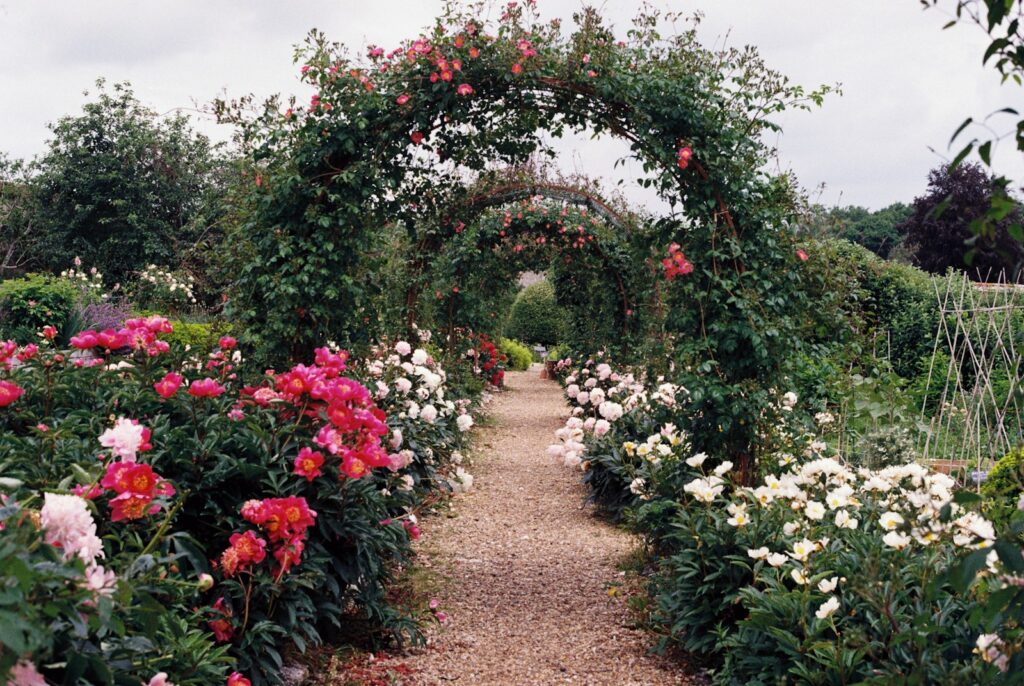
Picking the right plant pairings can make your garden healthier with less work. Some plants help each other by keeping pests away or adding nutrients to the soil.
Try pairing tomatoes with basil, which can help repel bugs and even make the tomatoes taste better. Carrots and onions are another good match, since onions keep carrot flies at bay.
Look for combinations where one plant provides shade or support for another. Tall plants can give smaller, shade-loving ones a break from the sun.
Choosing the right plant friends means fewer problems down the line. Your garden will be stronger and your harvest more rewarding.
You can find more companion planting ideas in detailed guides online.
Plan crop rotation to maintain soil health
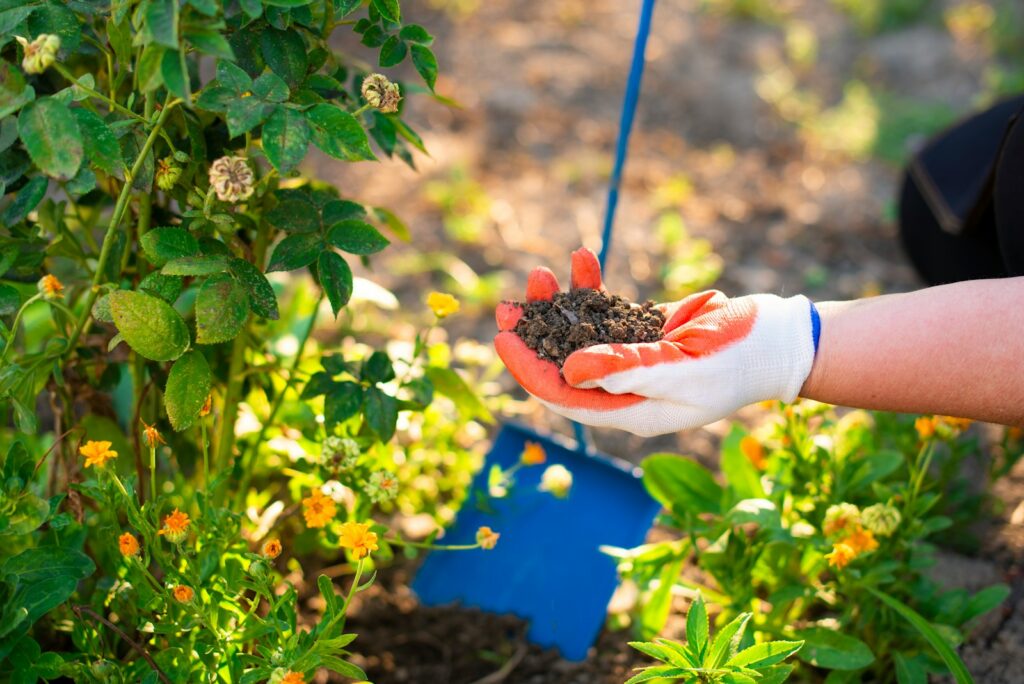
Switching up what you plant in each spot every year helps keep your soil in good shape. Crop rotation prevents the soil from losing too many nutrients and keeps pests from sticking around.
Some plants take a lot from the soil, while others give back. By moving crops around, you help balance things out and keep your garden healthier.
Grouping plants by family and rotating them each season is a simple way to get started. For example, try putting leafy greens where you had beans last year.
Starting your crop rotation plan now means you won’t have to guess in the spring. It’s a natural way to care for your garden and save time later.
Learn more about crop rotation at Crop Rotation 101: Tips for Vegetable Gardens.
Prepare soil amendments early for nutrient-rich beds
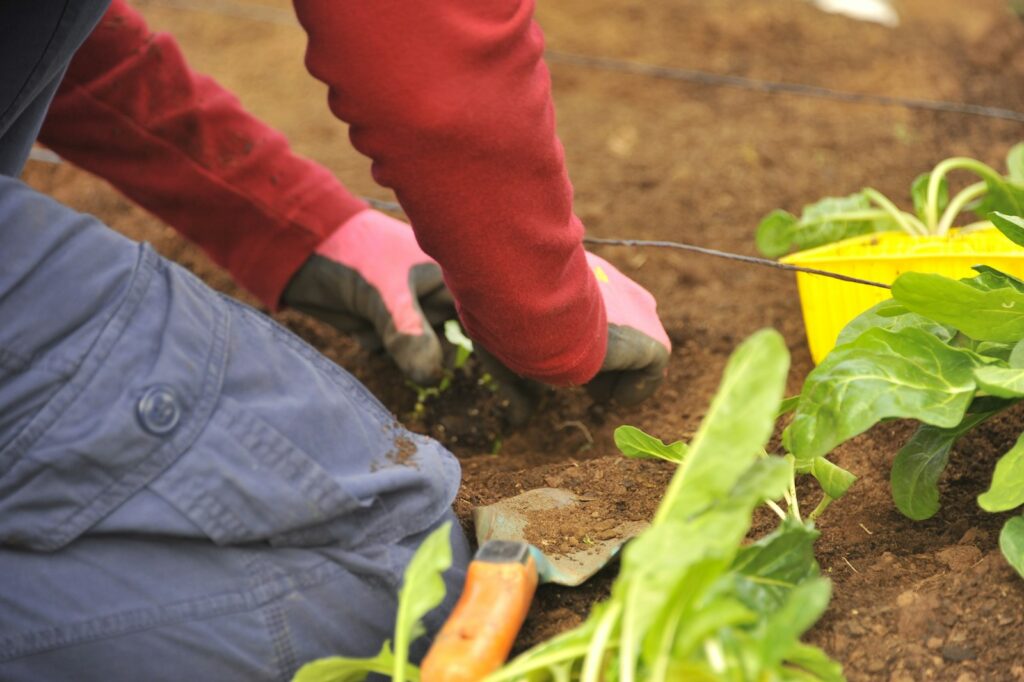
Getting your soil ready before spring can make a big difference. Adding compost or natural fertilizers early gives them time to break down and enrich your garden beds.
Testing your soil helps you know exactly what it needs. That way, you can add the right amendments like compost, worm castings, or bone meal before planting.
If you wait until spring, the nutrients might not mix in well enough. Preparing early helps roots access what they need and improves soil structure.
With the soil set, planting is smoother and your plants get a strong start. For more on this, see how to amend garden beds for healthy plants and thriving growth.
Designate separate zones for vegetables, herbs, and flowers

Creating clear zones for different types of plants can make your garden much easier to manage. Grouping veggies, herbs, and flowers in their own sections helps you care for each one properly.
Vegetables often need lots of sun, while some herbs and flowers do better with a bit of shade. Keeping them in separate areas lets you meet their needs more easily.
Having zones also makes it simpler to keep things organized. You’ll know where everything is when it’s time to plant, weed, or harvest.
Use paths, low fences, or different mulch colors to mark out your zones. It adds structure and keeps your garden looking neat.
Learn how to divide your garden into sections here.
Schedule planting dates according to each plant’s needs
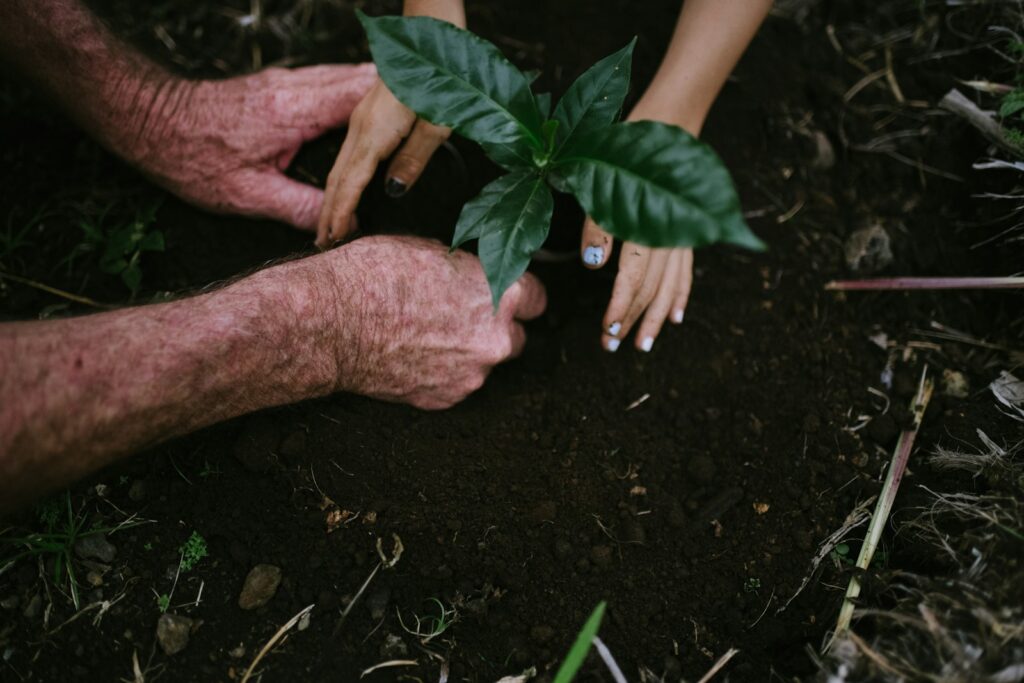
Every plant has its own preferred time to go in the ground. Cool-weather crops like lettuce and spinach need to be planted early, while tomatoes and peppers need warmer soil.
Knowing your local frost dates helps you avoid planting too soon or too late. Cool-season crops go in before the last frost, and warm-season crops wait until after.
A planting calendar can help you figure out the best times for starting seeds indoors or outdoors. These are usually based on your area’s climate.
Spacing out your planting dates makes your garden chores more manageable. It also gives your plants the best shot at thriving.
Check out a planting calendar that fits your zone for easy planning.
Source quality gardening tools well in advance
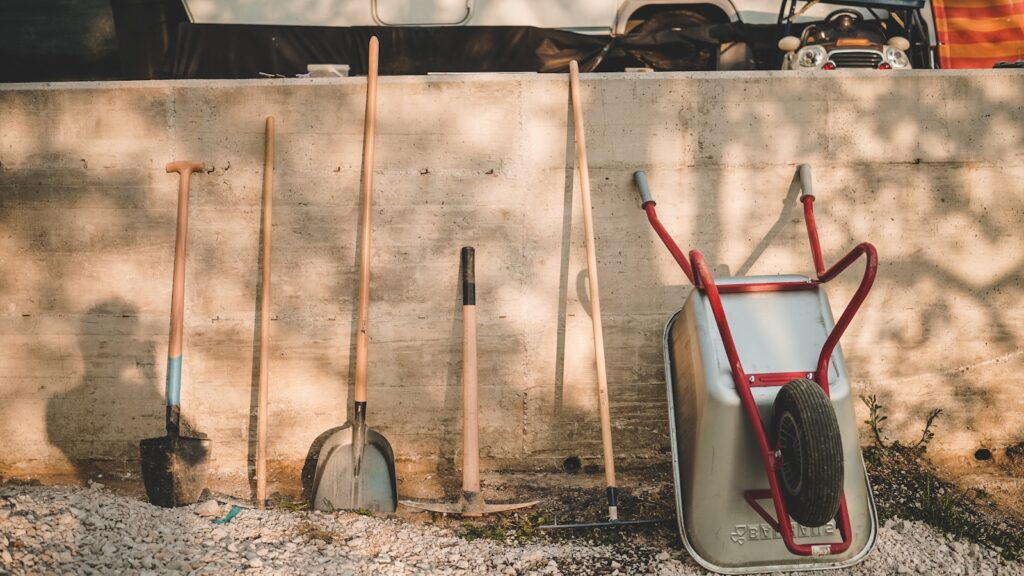
Nothing slows down spring planting like a broken shovel or dull pruners. Checking your tools early means you’ll be ready when it’s time to get outside.
Look for anything that needs repairs or replacement, like loose handles or rusty blades. Buying new tools ahead of time means you won’t be stuck without what you need.
Having good tools makes gardening easier and more enjoyable. Sharp, sturdy equipment saves time and helps you get better results.
Getting your tools ready now means you can focus on planting instead of running to the store. For more tips on tool care, check out this garden prep guide.
Incorporate sustainable practices like rainwater harvesting
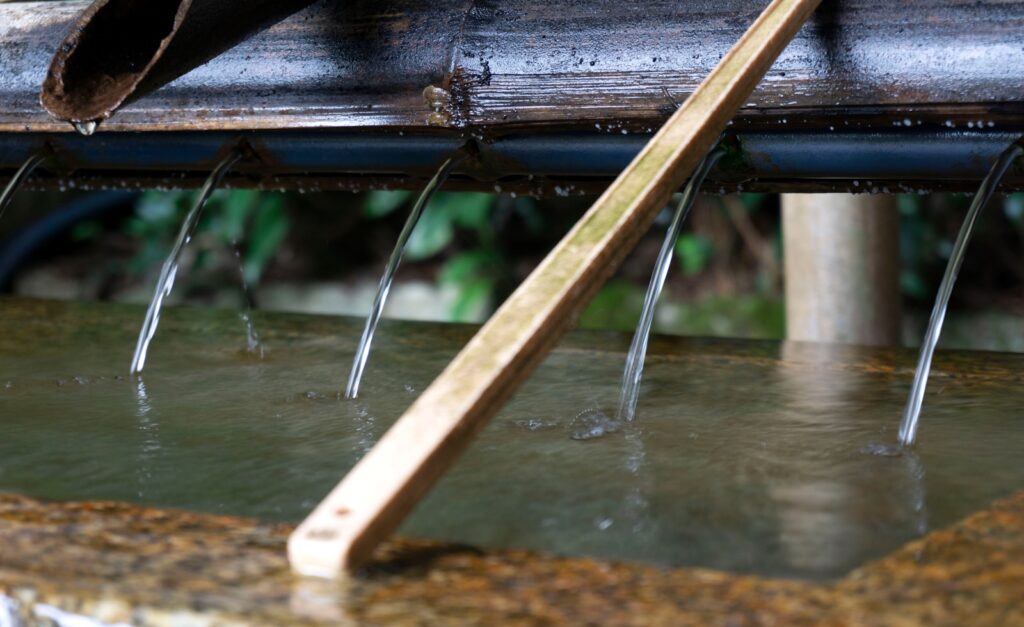
Thinking about sustainability while planning your garden can pay off all season. Collecting rainwater is a simple way to save water and lower your bills.
Setting up a rain barrel to catch water from your roof gives you a handy supply for dry days. Placing it near your garden beds makes watering quick and easy.
Using rainwater helps protect the environment and reduces runoff. It’s a small step that can make a big difference for your garden and your community.
Learning how to build a rainwater system now means you’ll be ready when spring hits. Find tips at sustainable gardening sites.
The Benefits of Early Garden Planning
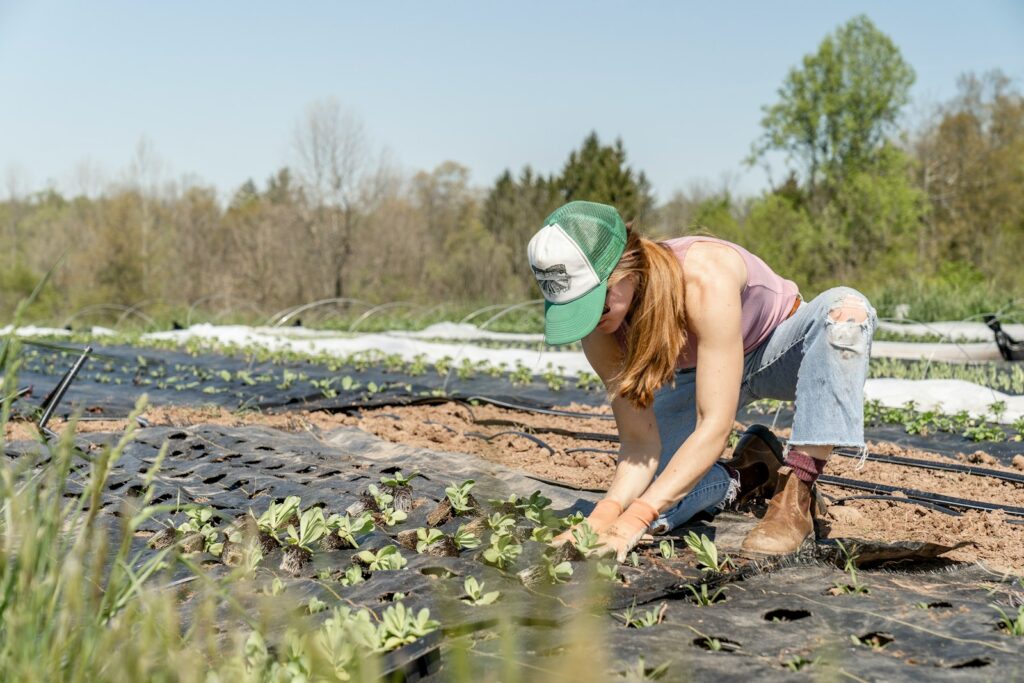
Getting a jump on your garden planning helps you make the most of the growing season. You’ll have your plants picked out, supplies ready, and a clear plan to follow.
When you start early, you can plant cool-season crops as soon as the frost is gone and time your warm-season crops just right. This helps your plants grow stronger and produce more.
Starting seeds indoors or buying seedlings ahead of time gives you a head start. Prepping your beds early also improves soil quality before planting.
Planning ahead means less stress when spring arrives. You’ll avoid last-minute shopping trips and know exactly what needs to be done.
Breaking your tasks into small steps keeps things manageable. You can enjoy your gardening without feeling rushed or overwhelmed.
For more ways to save time, see this guide on planning your spring garden layout.
How Advanced Layouts Enhance Garden Success
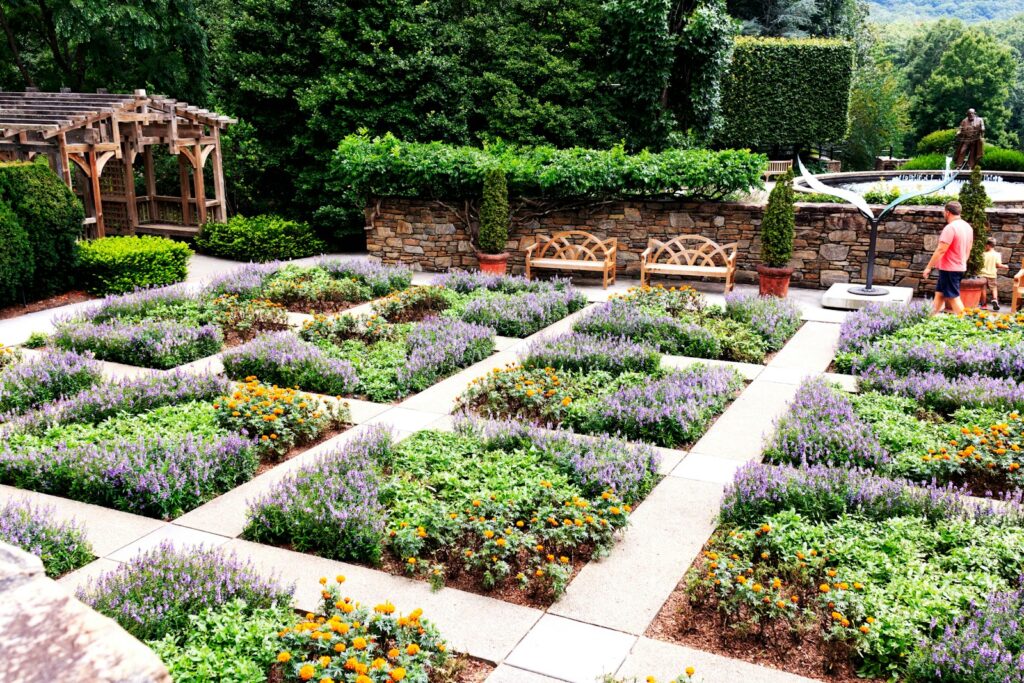
A well-thought-out garden layout helps you use your space efficiently and makes caring for your plants easier. When you organize your garden with intention, you’ll see better growth and less daily work.
Careful planning keeps your garden healthy and productive all season. You’ll spend more time enjoying your space and less time fixing problems.
Optimizing Plant Placement
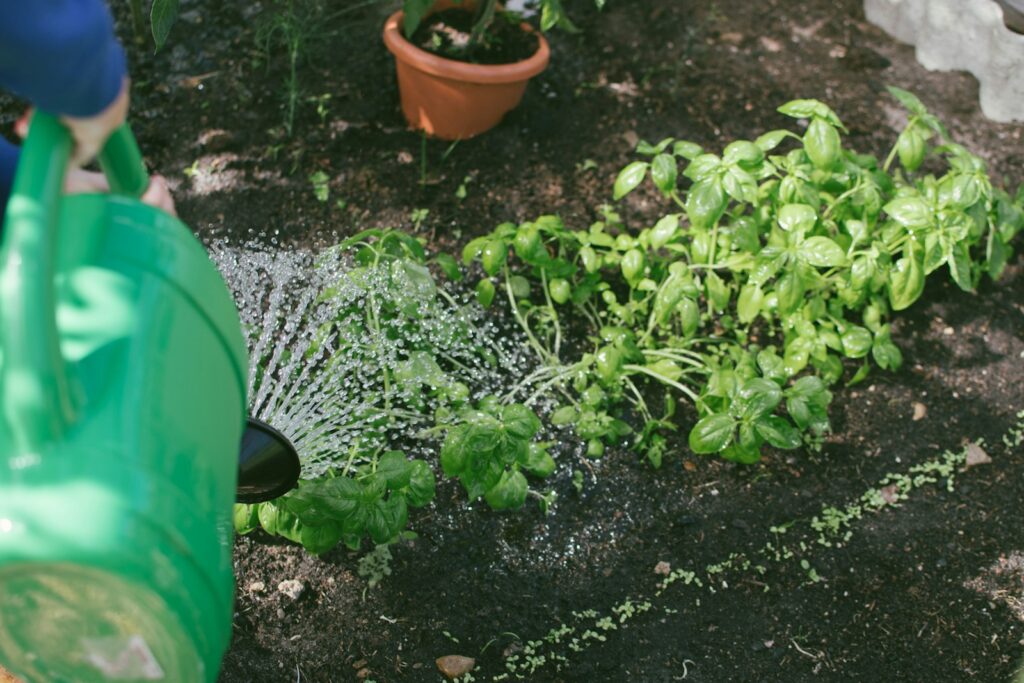
Every yard is unique, and figuring out the best spots for your plants can make a big difference. Take a walk around your space at different times of day to notice where sunlight and shade fall.
Put sun-loving plants like tomatoes or peppers in the brightest areas. Shade-tolerant plants such as lettuce do better in spots that get less sun.
Try grouping plants by their water and soil needs. This makes it easier to care for them and prevents watering mistakes.
Companion planting is a helpful approach too. For example, placing carrots near onions can help reduce pests.
If you are short on space, raised beds or vertical gardens can help you grow more. These setups also boost air flow and keep your garden tidy.
Improving Garden Maintenance Efficiency

Ever feel like garden chores take up your whole weekend? A thoughtful layout can make a bigger difference than you might expect.
Clear paths between beds let you move freely without stepping on plants or compacting soil. This keeps your plants safe and helps the soil stay loose for better root growth.
Arranging plants in blocks or grids can speed up watering and harvesting. You won’t waste time searching or bending in uncomfortable ways.
Using drip irrigation systems in your layout delivers water right to the roots. This helps reduce water waste and keeps leaves dry, which can help prevent disease.
Labeling your plants in the plan makes it easier to track growth and care schedules. You’ll know exactly where each crop is and can plan maintenance like pruning or fertilizing without any guesswork.
For more on maximizing space and plant health, see this guide on advanced vegetable garden layouts.

